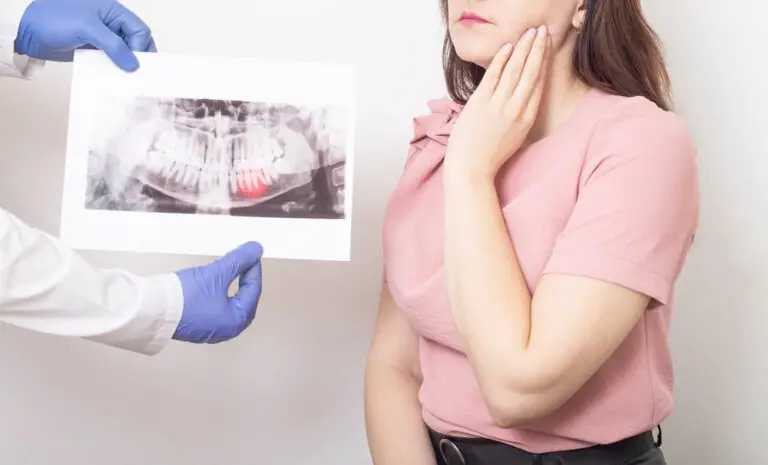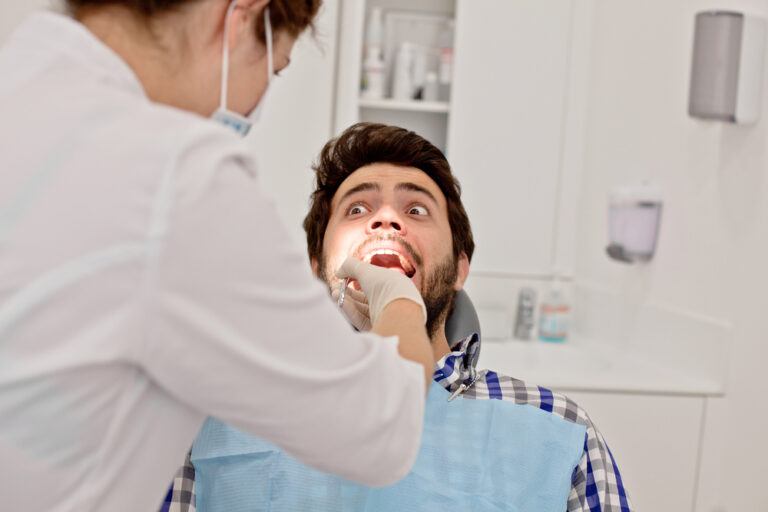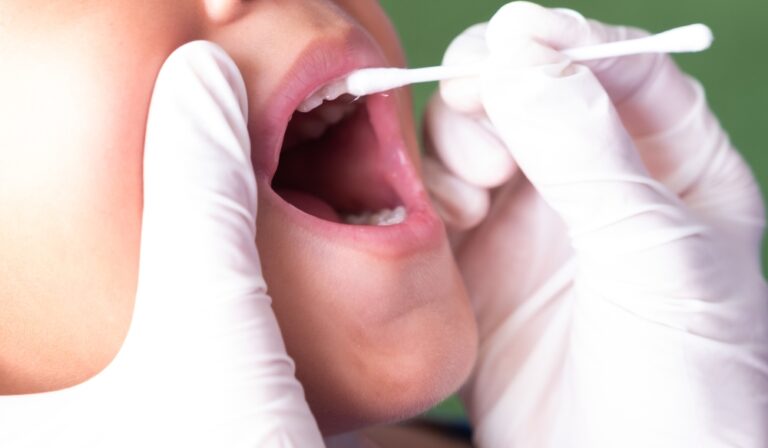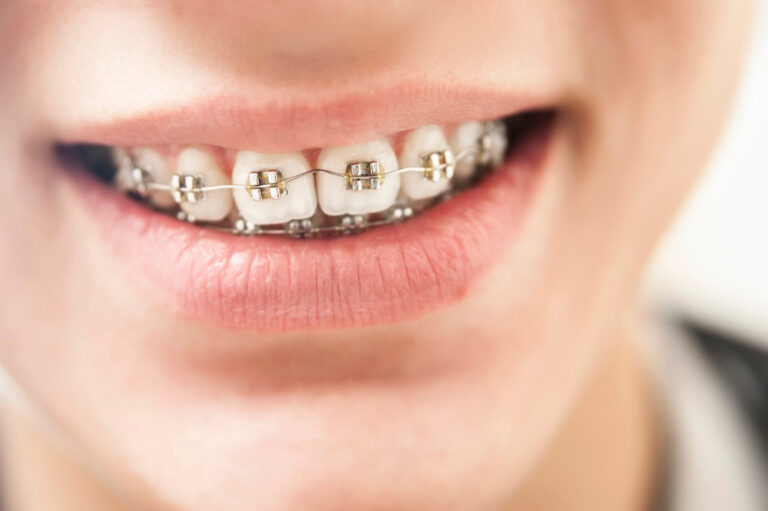Are you wondering if your child’s permanent teeth are coming in? Or maybe you’re experiencing some discomfort and are curious if a new tooth is on its way? Knowing the signs of a developing permanent tooth can help you prepare for the changes ahead.
Typically, permanent teeth start to come in around the age of 6, when the first molars appear in the back of the mouth. By the age of 13, most of the permanent teeth have erupted, including the second molars at the very back of the mouth. However, every child is different, and the timing of tooth eruption can vary.
So, how can you tell if a permanent tooth is coming in? Look for signs such as swelling or tenderness in the gums, a small bump on the gums, or even a slight shift in the position of adjacent teeth. It’s also common for children to experience some discomfort or sensitivity as a new tooth emerges. By staying aware of these signs, you can help ensure that your child’s oral health stays on track.
Understanding Tooth Development
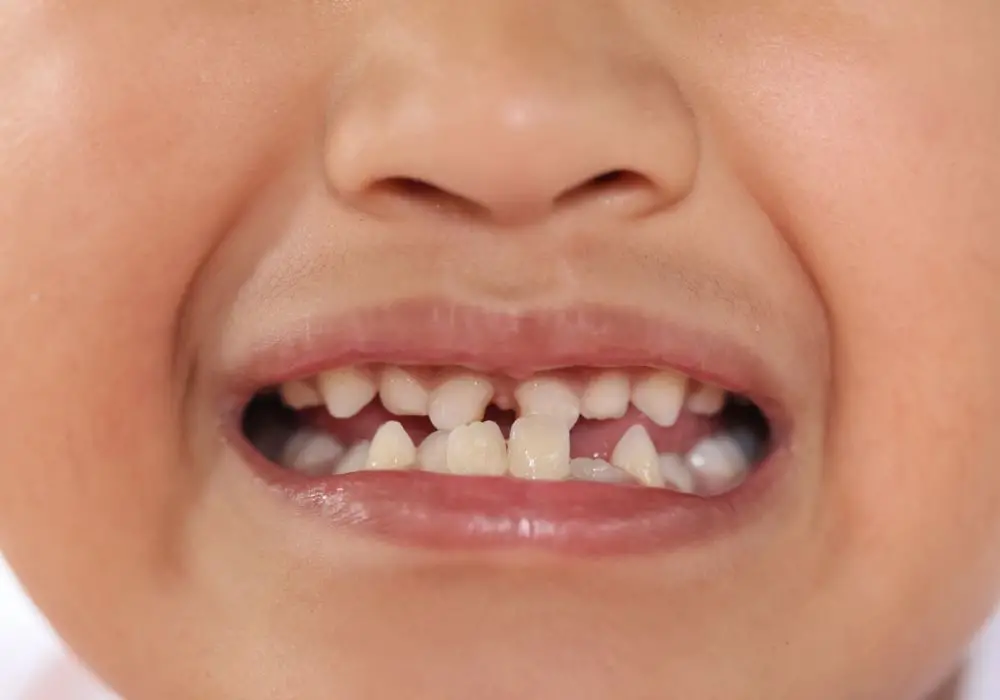
As a child grows, their teeth also develop and change. Understanding the process of tooth development can help you recognize when a permanent tooth is coming in.
Stages of Tooth Eruption
Tooth eruption is the process by which teeth come in or emerge through the gums. Here are the stages of tooth eruption:
- Primary teeth eruption: The first set of teeth to erupt are the primary teeth, also known as baby teeth. They usually start to appear around 6 months of age and continue to emerge until about age 3.
- Permanent teeth eruption: The second set of teeth to erupt are the permanent teeth, which replace the primary teeth. They usually start to emerge around age 6 and continue to come in until about age 21.
- Wisdom teeth eruption: The third set of molars, also known as wisdom teeth, typically emerge between ages 17 and 25.
During tooth eruption, the tooth moves through the jawbone and into the mouth. A small flap of gum tissue covers the tooth as it emerges, and as the tooth pushes through, the tissue breaks down and the tooth becomes visible.
It’s important to note that every child is different and tooth eruption can vary. While the above timeline is typical, some children may experience earlier or later tooth eruption.
Understanding the stages of tooth eruption can help you recognize when your child’s permanent teeth are coming in. Keep an eye out for any changes in your child’s mouth and consult with a dentist if you have any concerns.
Identifying a Permanent Tooth Coming In
If you’re wondering whether your child’s permanent teeth are coming in, there are some physical and behavioral signs you can look out for.
Physical Signs
One of the most obvious signs that a permanent tooth is coming in is the appearance of a small bump or swelling on the gums. This bump is called an eruption cyst and is caused by the tooth pushing through the gum tissue.
You may also notice that the gum tissue around the area where the new tooth is coming in is red and swollen. This is a normal part of the process and should go away on its own as the tooth continues to emerge.
Another physical sign to look out for is the appearance of a small white or yellow spot on the gum tissue. This is called an eruption hematoma and is caused by bleeding under the gum tissue as the tooth pushes through.
Behavioral Signs
In addition to physical signs, there are some behavioral signs that your child’s permanent teeth are coming in. For example, you may notice that your child is drooling more than usual or is more irritable than usual. This is because the tooth is causing discomfort and irritation as it pushes through the gum tissue.
You may also notice that your child is chewing on objects more than usual. This is because the pressure from chewing can help to alleviate the discomfort caused by the emerging tooth.
It’s important to note that every child is different, and some may experience more discomfort than others when their permanent teeth come in. If you’re concerned about your child’s symptoms or if they seem to be in a lot of pain, it’s always a good idea to consult with your dentist.
Differences Between Baby and Permanent Teeth
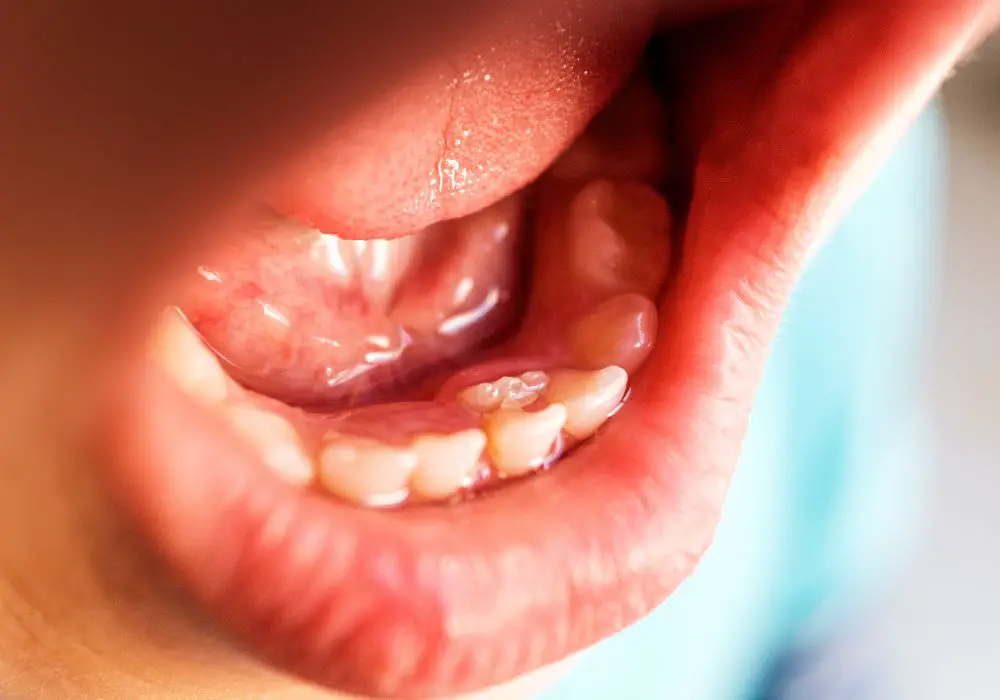
As your child grows, their teeth will change and develop. Baby teeth, also known as primary teeth, will eventually fall out to make way for permanent teeth. Here are some differences between baby and permanent teeth that can help you tell if a permanent tooth is coming in:
- Quantity: Baby teeth are usually much smaller and more numerous than adult teeth, making them easier to distinguish from one another.
- Size and Shape: Permanent teeth are larger and have a more defined shape than baby teeth. The shape of the teeth can also vary depending on their location in the mouth.
- Color: Baby teeth are typically whiter than permanent teeth. This may seem noticeable if your child has adult teeth erupting next to baby teeth, but this coloring will look natural once all the baby teeth have fallen out.
- Purpose: Baby teeth and permanent teeth have very different purposes. Baby teeth are meant to help your child eat and speak, while permanent teeth are meant to last a lifetime and perform more complex functions.
- Strength: Permanent teeth are stronger and more durable than baby teeth. This is because they have a thicker layer of enamel, the hard outer layer of the tooth.
- Location: Permanent teeth will typically erupt in a specific order and location in the mouth. The first permanent molars usually come in around age 6, followed by the front teeth and the rest of the molars.
It’s important to note that every child is different, and some may experience variations in the timing and order of their permanent teeth eruption. If you have concerns about your child’s teeth development, it’s always a good idea to consult with a pediatric dentist.
When to Consult a Dentist
If you are concerned about your child’s tooth eruption, it is always best to consult a dentist. A dentist can examine your child’s teeth and determine if there are any issues that need to be addressed. Here are some situations when you should consider consulting a dentist:
Delayed Tooth Eruption
If your child’s permanent teeth are not coming in on time, it may be a sign of a problem. Most children start losing their baby teeth around the age of 5 or 6, and their permanent teeth start coming in shortly after. If your child’s permanent teeth are not coming in by the age of 7 or 8, it may be a sign of delayed tooth eruption. A dentist can examine your child’s teeth and determine if there are any underlying issues that need to be addressed.
Abnormal Tooth Eruption
Sometimes permanent teeth can come in at an angle or in the wrong position. This can cause problems with the bite and can lead to other dental issues. If your child’s permanent teeth are coming in abnormally, it is important to consult a dentist. They can determine if any treatment is necessary to correct the issue.
In general, if you have any concerns about your child’s tooth eruption, it is best to consult a dentist. They can provide guidance and treatment if necessary to ensure that your child’s teeth are healthy and properly aligned.
Caring for Emerging Permanent Teeth

When your child’s permanent teeth start to emerge, it’s important to take good care of them to ensure they stay healthy and strong. Here are some tips to help you care for your child’s emerging permanent teeth.
Oral Hygiene Practices
Good oral hygiene practices are crucial for keeping emerging permanent teeth healthy. Here are some tips to help you take care of your child’s teeth:
- Brush twice a day: Make sure your child brushes their teeth twice a day with fluoride toothpaste. Use a soft-bristled toothbrush and make sure they brush for at least two minutes each time.
- Floss daily: Flossing is important for removing plaque and food particles that can get stuck between teeth. Encourage your child to floss at least once a day.
- Use mouthwash: Mouthwash can help kill bacteria and freshen breath. Choose a mouthwash that is specially formulated for children.
- Visit the dentist regularly: Regular dental checkups are important for maintaining good oral health. Your child should see the dentist every six months for a checkup and cleaning.
Dietary Recommendations
In addition to good oral hygiene practices, it’s important to make sure your child is eating a healthy diet to support the growth and development of their teeth. Here are some dietary recommendations to follow:
- Avoid sugary and acidic foods: Sugary and acidic foods can cause tooth decay and damage the enamel on teeth. Encourage your child to eat a diet that is low in sugar and acid.
- Eat a variety of foods: Eating a variety of foods can help ensure that your child is getting all the nutrients they need for healthy teeth and gums.
- Drink plenty of water: Water is important for maintaining good oral health. Encourage your child to drink plenty of water throughout the day.
By following these tips, you can help ensure that your child’s emerging permanent teeth stay healthy and strong.
Frequently Asked Questions
How long does it take for a permanent tooth to come in?
The time it takes for a permanent tooth to come in can vary, but it usually takes around 6 to 8 months. However, it can take up to a year for some teeth to fully emerge.
What are the symptoms of permanent teeth coming in?
The symptoms of permanent teeth coming in can include soreness, swelling, and redness in the gums. You may also notice a small bump on the gum where the tooth is coming in.
Do permanent teeth hurt when coming in?
Yes, it is normal to experience some discomfort when permanent teeth are coming in. This can range from mild soreness to more significant pain. Over-the-counter pain relievers can help alleviate the discomfort.
What does a tooth look like when it’s coming in?
When a tooth is coming in, it will appear as a small bump on the gum. As it continues to emerge, you may be able to see the tip of the tooth poking through the gum.
How do you know if you pulled out a permanent tooth?
If you have pulled out a permanent tooth, it will not grow back. You may also notice that the tooth has a longer, pointed root compared to a baby tooth. If you are unsure if the tooth is permanent or baby, consult with your dentist.
What age do the back molars come in?
The back molars, also known as the wisdom teeth, typically come in between the ages of 17 and 25. However, some people may never develop wisdom teeth or may have them come in earlier or later than usual.

